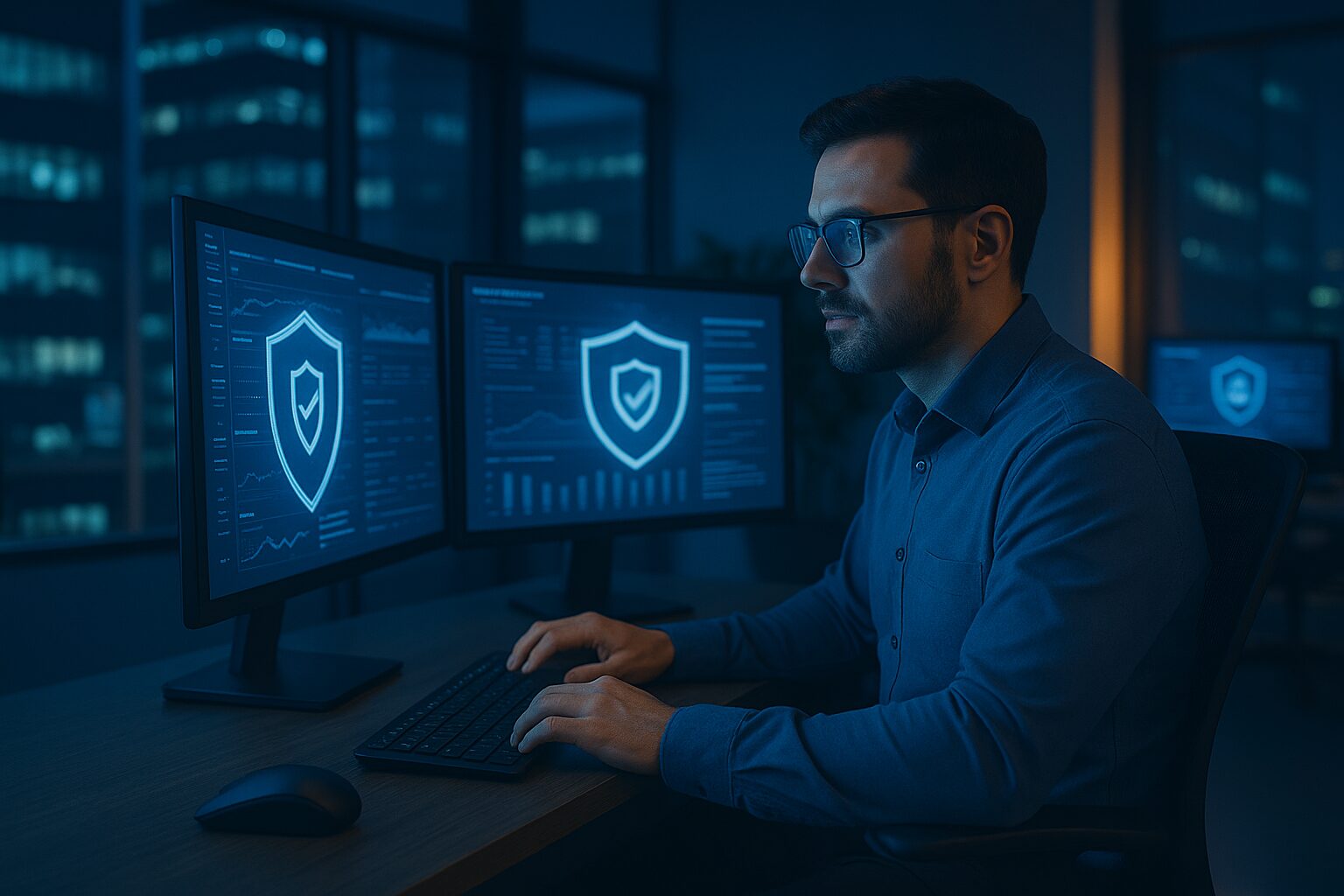What Is Phishing and How to Prevent Phishing Attacks
According to Verizon’s 2020 Data Breach Investigations Report (DBIR), 22% of the data breaches in 2019 involved phishing. The frequency of attacks like this vary from industry to industry, but 88% of organizations around the world experienced some type of spear phishing attempts in 2019.
Another important wrinkle in this data to examine is that there’s a significant difference between a failed attempt and a successful attack. 65% of organizations in the United States experienced a successful phishing attack that impacted their business performance on some level. This is 10% higher than the global average in 2019.
What Is Phishing?
Phishing refers to a type of cyber attack that relies on social engineering through emails or a social media platform to trick you and your employees into clicking on an attachment or link to get your personal or company data. Cyber criminals try to gain access to your personal information like passwords, credit card numbers, or account numbers by duping an innocent victim into thinking they are opening legitimate attachments or clicking on links to their bank, government agency, business employer or an individual that they trust.
How Can I Spot A Phishing Email When It Arrives?
A cyber criminal’s best weapon is to send out broad generic greetings en masse. This is an effortless way to find people who will fall for the bait. An example of this would be a greeting like ‘Hello Valued Customer.’ You need to be cautious about these emails like this and call the company directly to verify they sent it before opening or clicking on anything.
Another example of a phishing scam is if you get a message from your ‘CEO’ or someone in a leadership role requesting you to send them large sums of money in gift cards or for you to send them sensitive information like passwords or account numbers. You should check the email header to ensure that their names are spelled right and it is coming from inside your company.
You should also be aware if this method of contact is outside the normal parameters of your interaction with your business leaders. If you are at all uncertain, call and clarify that the information they sent is legitimate; if not, report it straight to your cybersecurity team.
Nearly every time, the cyber criminals will try to persuade you to act quickly. They will present a sense or urgency to try to make you do something that you normally will not do. Keep an eye for language like that in suspicious emails. Always validate these requests are real and use a different method of communication or point of contact for it. Taking your time is often the most comprehensive prevention method.
Is Ransomware Different From A Phishing Attack?
Encryption ransomware is another term that often gets tossed around when referring to cyber attacks and phishing emails. It can be confusing because ransomware can be connected to a phishing attempt, but it is an entirely separate piece of malicious software. There are multiple types of ransomware, but a ransomware infection typically means that your network is invaded and then your data is encrypted or stolen and held for ransom.
Even paying the ransom does not guarantee the safety of your data. Organizations who have fallen victim to this have made sure the ransom is paid and still seen their information deleted or distributed. The best course of action is to prevent phishing or ransomware attacks from happening in the first place with a robust cyber security strategy. Phishing and ransomware are two different elements of the same issue. A phishing email is one of the most likely delivery mechanisms for a piece of malware like ransomware. An airtight security strategy will prevent both from negatively impacting your operations.
How Can I Prevent Phishing Attacks?
Unfortunately, there is no silver bullet for preventing phishing attacks. It requires vigilance, proactive thinking, and a robust security strategy. There are three primary ways to prevent yourself from falling victim to a phishing attack.
Email Security Solutions
The first and best precaution to take is to implement a robust email security solution. This will keep out the most common and broad attacks from even getting into the inbox in the first place. This reduces the chances of an employee trusting the wrong person and clicking the wrong link.
Employee Security Awareness Training
Your employees are often your last line of defense. You need to ensure they are up-to-date on their cyber security awareness training. Run these training sessions repeatedly throughout the year and emphasize their importance to all your employees.
Excellent Password Strategy
It is not enough to just have complex passwords that are difficult to guess. You and your employees need to understand the strategy behind good passwords and the thought that goes into them. You also need to set reminders to force everyone to routinely change their passwords throughout the year.
Taking these precautions today will prevent your organization from suffering an attack tomorrow. The longer you operate without protections like this, the greater risk you run of falling victim to the consequences discussed. Meriplex is always focused on the innovative and secure technology you need to run faster, stronger, and safer. Reach out to us today to find out more about how we can help protect your systems.



